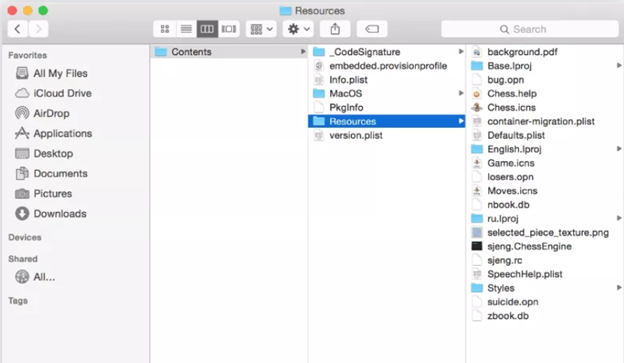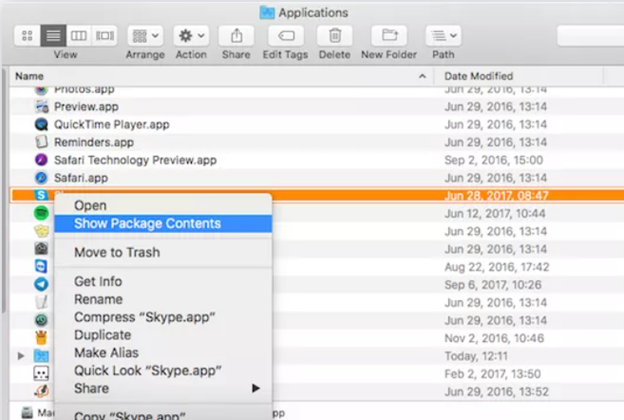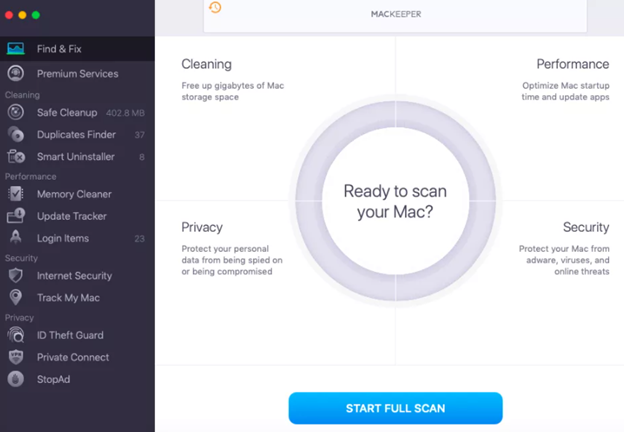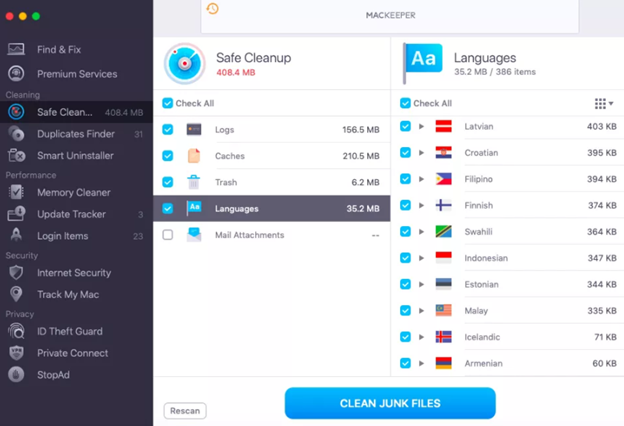Mac OS X comes with a lot of pre-installed software. Among those, you’ll find the Dictionary application and its collection of language files. If you don’t use them or if they weren’t useful to you, there is no reason why keeping them around would be a good idea. This article will teach you how to uninstall Language files on Mac by removing the corresponding application.

As Mac is used all over the world, a bunch of localization files is provided by MacOs. It eases the user's difficulty by helping the users. It helps the user to avoid downloading necessary language data.
After buying a MacBook you can instantly use your native language. Additional software and programs may cause you to uninstall unnecessary language files. Sometimes you need to delete the language file to free up a little storage. This guide will help you to safely delete language files on a Mac.
Removing these files doesn’t hamper your MacBook. It would rather free up some space. You can remove the file either manually or use cleaning software.
What is a Language file?
A localization file is related to the language of the interface of an app in your computer. Language files are pre-installed. When you install a new program on your computer, it utilizes this file. It makes the usage of your device more convenient. Among 150 language files, we use only a few chosen languages. Al the other the language files eat up your space and prevent you from keeping your important files, programs and downloading your favorite games.
Each application of your Mac stores its language file locally. You will find it in the resource folder of each file. The format of these files is .Iproj.
For deleting the language file manually;
- Go to the Application folder
On the left side of the folder, you will see the software names:
- Select any one of them.
- Right-click on the app and choose the Show Package Contents option.
- Navigate to the resources folder.
- Find the folders inside the “Resources” folder that end with .Iproj
- Select the unnecessary languages.
- Delete the language files by dragging them to the bin.
- Clean your trash bin.


The process is not as easy as it has been written. Sometimes it takes additional time to remove because of the third-party apps installed on your Mac. So take your time
Using Cleaning Software
If you want to remove the language files of your Mac in a faster way, you can use some cleaner software. Here, MacKeeper is highly recommended.
This software makes the process faster and convenient. How does it work? It scans the third-party apps of your mac. It finds out the unused language files of those apps and cleans them. After downloading and installing the software;
- Launch the App.
- Go to the find and fix option at the left side of the window.
- Press Start full scan.
- After scanning the files, click the safe cleanup section.
- Select the unused languages.
- Press clean junk files.


You can also remove unnecessary files such as logs, caches, mail attachments, etc. using this software. You can do this task according to the categories.
If you have so many third-party apps on your Mac it will take some time. But it is faster than the previous process. If you want to get back any of the language files, you have to reinstall macOS.
You can also use the software CleanMyMac for cleaning the language files from your hard disk.
Summary: Delete Language Files on Mac
- Deleting Language Files on Mac.
- Open the Finder window.
- Go to the sidebar and select Applications.
- Choose Utilities.
- Open Monolingual.
- Click Languages > English > Remove.